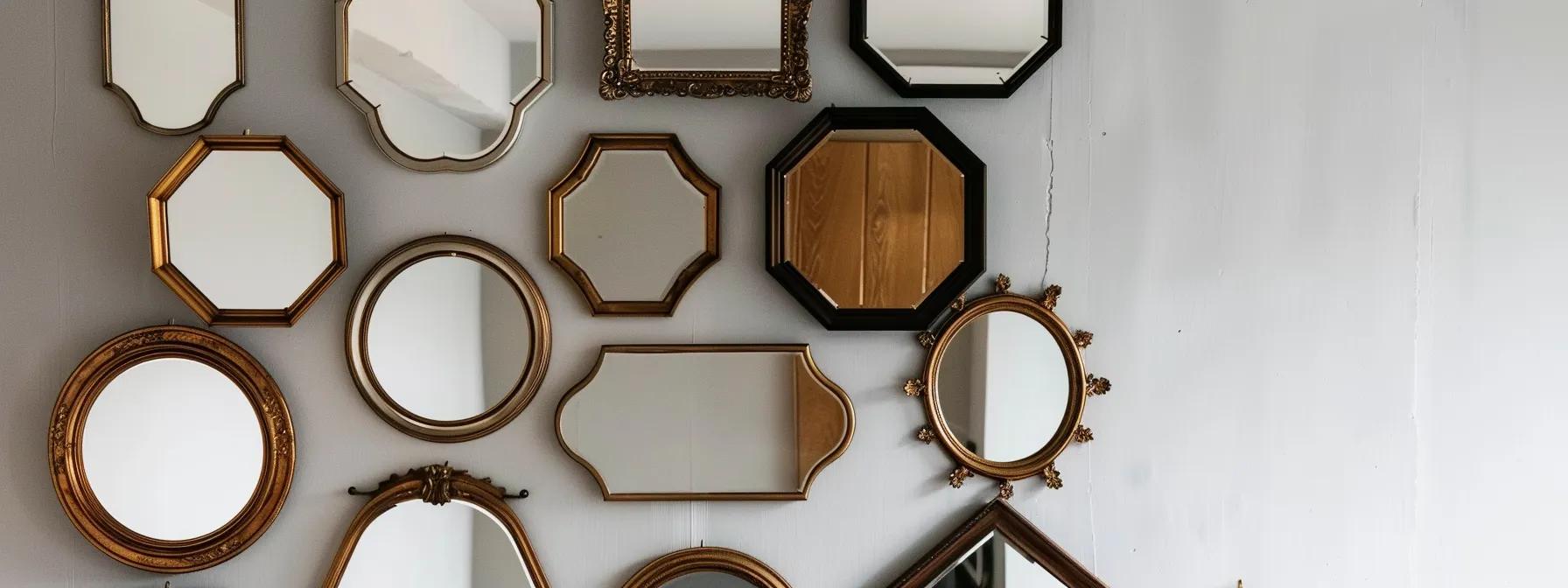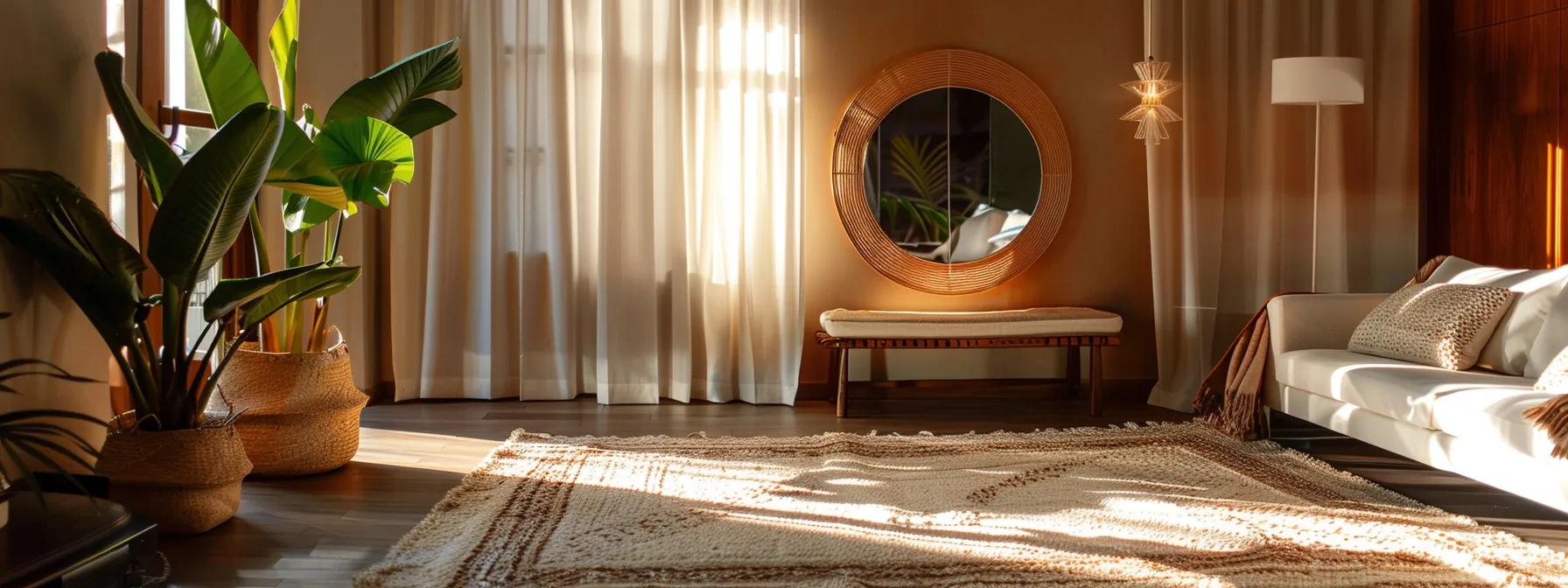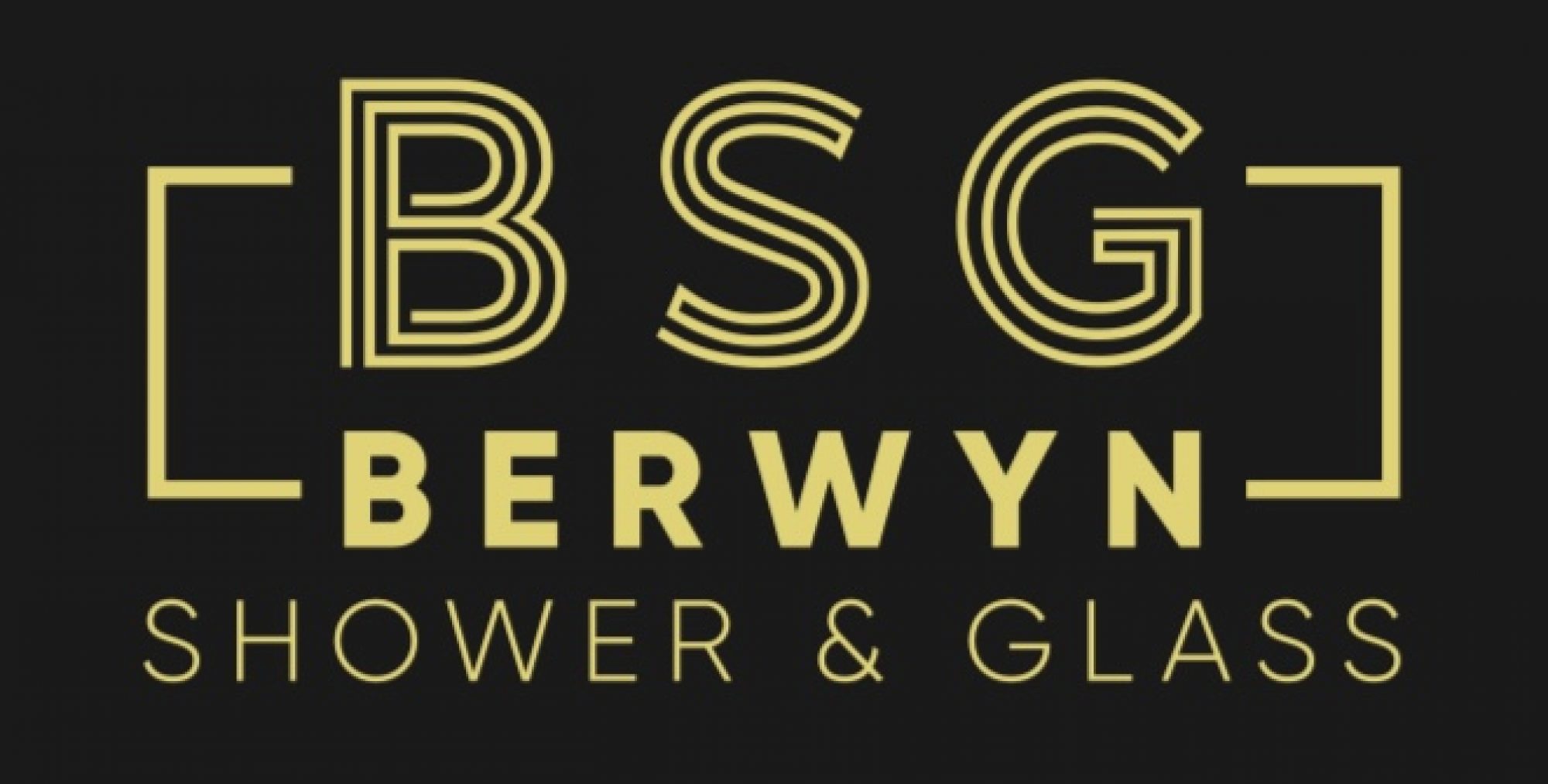Decorative Mirror Trends 2025: Top Shapes, Frames & Finishes to Elevate Your Style
The decorative mirror market is evolving as homeowners and designers seek statement pieces that enhance spatial dynamics while adding personality to interiors. In 2025, mirror choices are driven by bold shapes, innovative frames, and distinct finishes suitable for modern, eclectic, and traditional styles. Today’s custom mirrors are not just reflective surfaces but works of art that amplify natural light, create illusions of spaciousness, and serve as focal points. This article explores popular mirror shapes, definitive frame styles, influential finishes, and customization options to help designers and homeowners transform spaces and enhance ambiance.
Transitioning from overall trends to specific details, the following sections focus on mirror shapes and how they set the stage for striking interior designs.
Key Takeaways – Decorative Mirror Trends 2025
- Shapes go bold: Soft round & oval classics stay, while geometric, asymmetrical, and arched forms add drama and sculptural impact.
- Frames make the statement: Matte-stained oak, dark walnut, brass, and black-steel frames lead; frameless and beveled edges keep minimalists happy.
- Finishes set the mood: Distressed rustic patinas for coziness; high-gloss minimalist sheens for clean lines; glam metallics and weathered industrial textures for urban punch.
- Style fit: Sleek frames suit modern/mid-century spaces; distressed wood syncs with farmhouse & boho; custom cuts adapt to any traditional–contemporary mix.
- Function meets art: LED vanity, full-length floor mirrors, and curated mirror sets elevate grooming, amplify light, and create gallery-like focal walls.
- Customization & craft: Bespoke sizing, mixed-material inlays, and sustainably sourced hardwoods turn 2025 mirrors into durable, one-of-a-kind design centerpieces.
What Are the Most Popular Decorative Mirror Shapes for 2025?
Designers favor mirror shapes that impart unique visual rhythms and modern aesthetics. The trends for 2025 emphasize unconventional forms that combine utility and art.
Why Are Round and Oval Mirrors Trending in Modern Interiors?
Round and oval mirrors offer a soft, organic aesthetic that blends well with contemporary furniture and décor. Their curved lines eliminate harsh corners, encouraging fluidity and unity in spaces. Data indicates that over 68% of modern homes use these shapes to enhance natural light and improve balance, making them ideal for hallways, entryways, and both minimalist and eclectic setups.
How Do Geometric and Asymmetrical Shapes Add Visual Interest?
Geometric and asymmetrical designs break away from traditional rectangular mirrors by introducing structured patterns and bold lines. Shapes like hexagons, octagons, and irregular forms create dramatic focal points and add energy and movement to a room. Such designs often serve as conversation starters and can boost perceived room depth by around 15%.
What Spaces Benefit Most From Arched and Rectangular Mirrors?
Arched mirrors lend classic elegance and are ideal for formal entryways and dining areas, while rectangular mirrors maximize reflective surface area and work well in bathrooms, living rooms, and bedrooms. A tall rectangular mirror can elongate a narrow hallway, whereas an arched mirror adds a sculptural quality to a feature wall.
Which Mirror Frame Styles Define 2025’s Decorative Trends?

Mirror frames are no longer mere structural supports but integral design elements. The following sections explain the benefits of various frame materials that shape the 2025 trends.
What Are the Benefits of Wood Frames in Various Finishes?
Wood frames are celebrated for their warmth and versatility. In 2025, natural wood with rich stains or matte finishes is popular. Wood frames, whether in light oak for a Scandinavian feel or dark walnut for a dramatic rustic look, add depth with their organic texture. They also contribute to a cozy ambiance, particularly in living rooms and bedrooms, while offering sustainability through responsible sourcing.
How Are Metal Frames Like Brass and Black Steel Shaping Mirror Design?
Metal frames provide a sleek and modern contrast to organic materials. Brass frames add a warm, vintage charm, whereas black steel frames deliver a minimalist, industrial edge. Often used in urban lofts and modern offices, these frames enhance reflection through sharp contrasts against softer backgrounds, conveying sophistication and durability.
When Should You Choose Frameless or Beveled Mirror Edges?
Frameless mirrors suit modern, minimalist interiors, offering a clean look that maximizes reflective surface area. In contrast, beveled mirror edges add a subtle, decorative detail suitable for transitional or classical designs. Experts note that frameless designs work well in bathrooms and contemporary settings, while beveled mirrors are ideal to elegantly complement dining areas and entryways.
How Do Mirror Finishes Influence Interior Design Styles in 2025?
Mirror finishes significantly impact the visual appeal and mood of interior spaces, either softening an atmosphere or making bold style statements.
What Makes Antique and Rustic Finishes Popular for Cozy Spaces?
Antique and rustic finishes invoke a sense of history and comfort. These finishes—often created with distressed wood, etched metal details, or patinas—add warmth and character to spaces like fireplaces, reading nooks, or traditional dining rooms. Their textured appearance complements organic materials, reinforcing a time-tested elegance.
How Do Minimalist and Modern Finishes Complement Contemporary Décor?
Minimalist and modern finishes are defined by clean lines and simplicity. Achieved through materials such as lacquered surfaces and high-gloss coatings, these finishes remove excess ornamentation to amplify natural light and create uncluttered backgrounds. They work particularly well in urban apartments and offices, delivering a streamlined and clear aesthetic.
Why Are Glam and Industrial Finishes Gaining Traction in Urban Homes?
Glam and industrial finishes are popular for their bold statements. Glam finishes, featuring metallic layers and reflective surfaces, exude luxury in upscale living rooms and boutique settings. Industrial finishes use reclaimed metal and weathered textures to evoke an edgy urban vibe, particularly in lofts and modern cafes. Both finish types enhance the perceived value and character of interior spaces.
What Are the Key Decorative Mirror Styles to Match Popular Interior Designs?

Decorative mirrors serve as versatile design elements that unify different interior styles, whether modern minimalism or eclectic bohemian. This section discusses how mirror style enhances popular décor themes.
How Do Mirrors Enhance Modern and Mid-Century Modern Interiors?
In modern and mid-century interiors, mirrors with sleek frames and clean edges emphasize simplicity and balance. They amplify natural light and create the illusion of more space, which is especially beneficial in compact urban apartments. Well-placed mirrors also highlight architectural features, contributing to a cohesive, open feel.
What Mirror Styles Suit Farmhouse and Bohemian Décor?
Farmhouse and bohemian styles favor mirrors that communicate warmth and artisanal charm. For farmhouse décor, distressed wood frames and hand-painted details reinforce rustic appeal, while ornate, color-rich frames in bohemian settings serve as artistic statements that tie together layered textiles and natural fibers.
How Can Custom Mirrors Adapt to Traditional and Contemporary Spaces?
Custom mirrors offer adaptability through tailored sizing, shape, and finish. In traditional interiors, they may feature elaborate, carved frames, whereas in modern settings, frameless or simply beveled options are preferred. Custom mirrors ensure symmetry and continuity, enhancing both aesthetic appeal and design functionality by up to 30%.
Which Specialty Mirrors Are Trending for Functional and Decorative Use in 2025?
Specialty mirrors combine function and style, serving distinct roles in spaces like bathrooms, dressing rooms, and entryways.
What Are the Advantages of Vanity and Full-Length Mirrors?
Vanity mirrors, often equipped with magnification and adjustable lighting, enhance grooming routines while full-length mirrors provide an unobstructed view and amplify space. Both types are designed to minimize distortion, thus increasing brightness and depth in a room.
How Do Wall and Floor Mirrors Differ in Style and Placement?
Wall mirrors integrate seamlessly with decor and accentuate a room’s focal points, whereas floor mirrors act as bold sculptural pieces. Floor mirrors are especially effective in high-ceiling rooms, while wall versions expand visual space in entryways and smaller areas.
Why Are Decorative Mirror Sets Becoming Popular for Layered Looks?
Mirror sets, which arrange multiple mirror pieces into a cohesive display, create a gallery-like effect that adds texture and depth. By mixing vintage with modern styles, these sets boost the sophistication of a space through dynamic and personalized arrangements.
How Can You Choose the Right Decorative Mirror Based on Material and Craftsmanship?

The quality of materials and craftsmanship are key to the durability and aesthetic appeal of a mirror. Understanding these factors helps in selecting a product that complements the design of a given space.
What Wood Types and Finishes Offer Durability and Style?
Hardwoods like oak, walnut, and cherry offer strength and aesthetic appeal with finishes ranging from matte to glossy. These natural materials, enhanced by methods that emphasize grain and texture, maintain their look over decades, making them a reliable choice for high-use areas.
How Do Metal and Plastic Materials Affect Mirror Longevity and Aesthetics?
Metal frames—crafted from brass, stainless steel, or black iron—offer resilience and a sleek visual style. They typically outperform plastic frames in durability and offer a more upscale appearance, with finishes from polished to brushed enhancing the visual effect.
Why Is Craftsmanship Important in High-Quality Decorative Mirrors?
Superior craftsmanship ensures precision, alignment, and durability. Artisans who combine traditional methods with modern techniques produce mirrors that meet stringent quality standards, making these products long-lasting investments in both functionality and design.
What Are the Customization Options for Decorative Mirrors in 2025?
Bespoke design is increasingly important in home décor. Customers now have the option to customize mirrors to fit precise spatial requirements and personal style preferences.
How Can Custom Sizes Improve Mirror Functionality and Style?
Custom sizes allow mirrors to be perfectly proportioned for a room, enhancing light reflection and visual impact. Whether above a console table or as a centerpiece in a large living room, tailored dimensions contribute significantly to a harmonious layout.
What Frame and Finish Combinations Are Available for Personalized Designs?
A wide range of frame and finish options—such as natural wood paired with metallic inlays or matte finishes complemented by brushed textures—ensures that a custom mirror can integrate seamlessly with any décor. Personalized color treatments further allow the mirror to become a statement piece that reflects individual taste.
How Does Expert Advice Help in Selecting the Perfect Custom Mirror?
Expert consultants provide guidance based on experience and technical knowledge, ensuring that the mirror’s design fits the intended space and style. This expert insight minimizes design errors and enhances overall satisfaction with the final product.
Detailed Lists and Tables
To summarize key attributes and benefits of mirror options for 2025, the following lists and table provide a quick reference:
Top 5 Attributes of Popular Decorative Mirror Shapes
- Curved and Organic Forms – Enhances flow and softens hard edges.
Promotes an organic flow and increases perceived spaciousness. - Geometric Precision – Provides modern aesthetic appeal.
Introduces strong lines that serve as focal points. - Asymmetrical Designs – Creates dynamic visual interest.
Adds movement and unpredictability. - Arched Details – Conveys timeless elegance.
Lends sophistication to entryways and hall areas. - Rectangular Efficiency – Maximizes reflective surface for light enhancement.
Strategically boosts ambient light and depth.
Top 5 Benefits of Custom Mirror Options
- Perfect Fit – Custom sizing aligns with room dimensions.
Enhances functionality and balance. - Material Versatility – Choices include wood, metal, or composites.
Ensures seamless integration with various décor styles. - Personalized Finishes – Options in textures and colors.
Transforms a mirror into a design focal point. - Enhanced Functionality – Features such as built-in lighting can be added.
Improves usability and operational efficiency. - Unique Aesthetic – Bespoke designs emphasize refined taste.
Serves as a centerpiece of innovative design.
Top 5 Factors Influencing Mirror Frame Selection in 2025
- Durability – Premium materials ensure longevity.
Reduces risks of warping or corrosion. - Aesthetic Appeal – Frame design should complement interior style.
Matches rustic, modern, or industrial themes. - Finish Options – Choices in matte, glossy, or distressed finishes.
Tailors the mood and lighting of a room. - Cost-Effectiveness – Balances price with quality and long-term value.
Ensures a smart investment. - Versatility – Adapts to different room settings.
Combines traditional craftsmanship with modern design.
Table: Comparison of Mirror Material Attributes
| Material Type | Durability (Years) | Aesthetic Benefit | Common Finish | Ideal for |
|---|---|---|---|---|
| Hardwood Wood | 25+ | Warmth, Natural Grain | Matte, Distressed | Traditional & Rustic Interiors |
| Brass/Metal | 30+ | Sleek, Modern, Industrial | Polished, Brushed | Urban & Contemporary Spaces |
| Stainless Steel | 40+ | Minimalist, Resilient | High-Gloss, Matte | Modern & Industrial Décor |
| High-Grade Acrylic | 15–20 | Versatile, Lightweight | Clear, Colored | Budget-Friendly Modern Designs |
| Custom Composite | 20+ | Tailored, Innovative | Varied (Customizable) | Bespoke Installations |
Frequently Asked Questions
Q: What mirror shape is currently most popular in modern interiors?
A: Round and oval mirrors are favored for their soft, organic appearance and ability to enhance natural light while creating a harmonious flow.
Q: How do metal frames compare to wood frames in mirror design?
A: Metal frames, like brass or black steel, offer a sleek, modern look and durability, while wood frames provide warmth and rustic charm. The choice depends on the overall décor scheme.
Q: Can custom mirrors really transform a room’s appearance?
A: Yes, custom mirrors ensure the perfect fit and style, becoming striking focal points that tie the room together.
Q: Why should one opt for specialty mirrors like vanity or full-length versions?
A: Specialty mirrors serve functional purposes—vanity mirrors enhance grooming with superior lighting, and full-length mirrors boost room depth and overall brightness.
Q: How important is craftsmanship when selecting a decorative mirror?
A: Craftsmanship is crucial as it ensures precision, durability, and a high-quality finish, enhancing both the mirror’s visual appeal and long-term performance.
Final Thoughts
The decorative mirror trends for 2025 reflect an exciting blend of innovative shapes, refined frame styles, and sophisticated finishes that elevate any interior environment. By choosing the right mirror shape—from smooth round forms to angular geometries—and pairing them with bespoke frames and finishes, homeowners can enhance spatial dynamics and create a harmonious design. Customized glass solutions further enable personalized installations that combine style and function, ensuring every mirror serves as a signature design piece. Embracing these trends allows design enthusiasts to craft spaces that are both visually compelling and uniquely personal.

